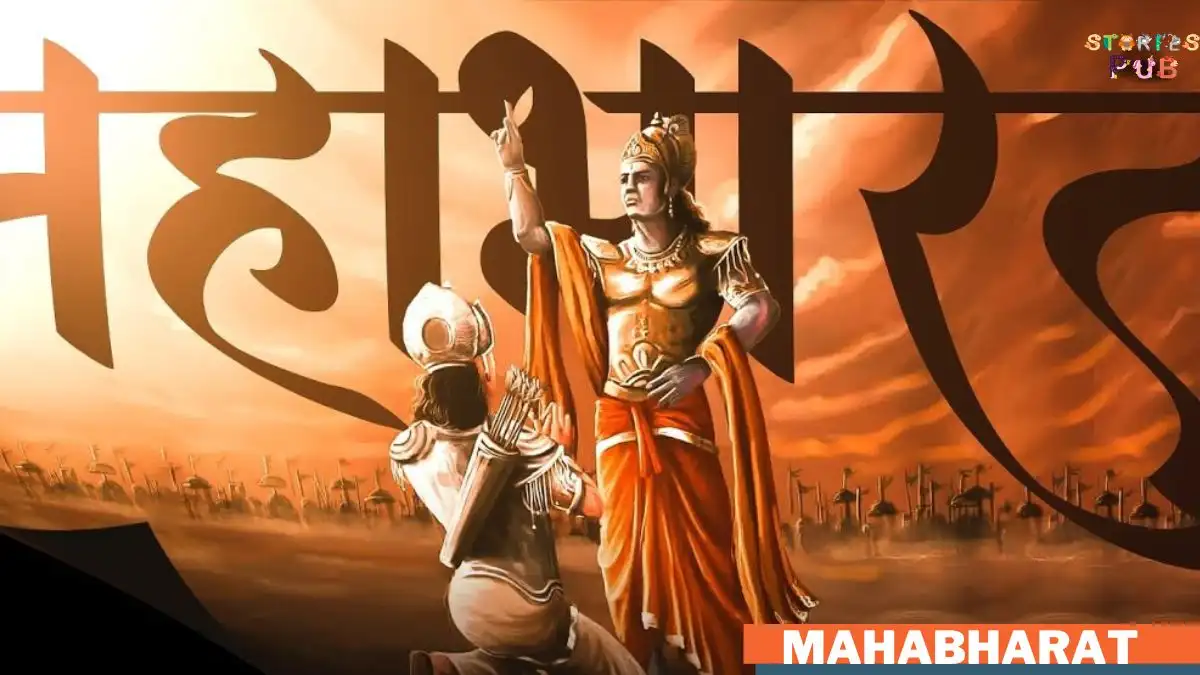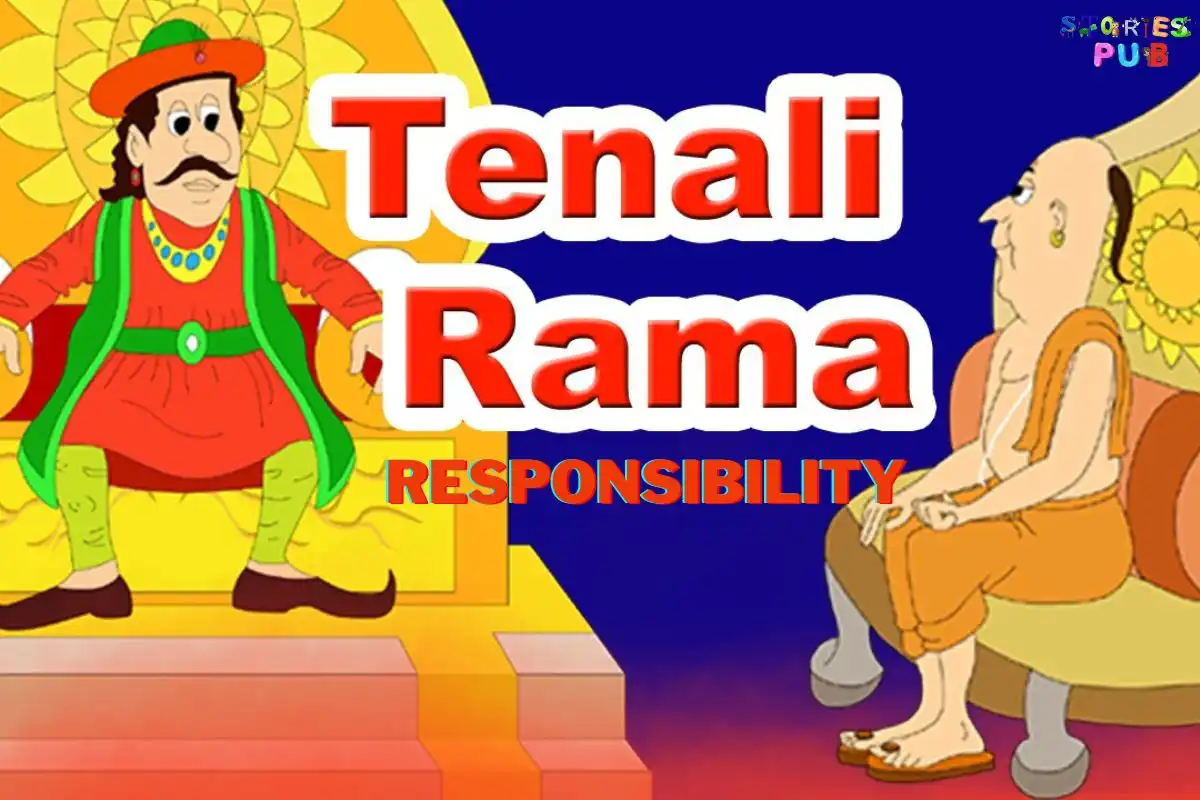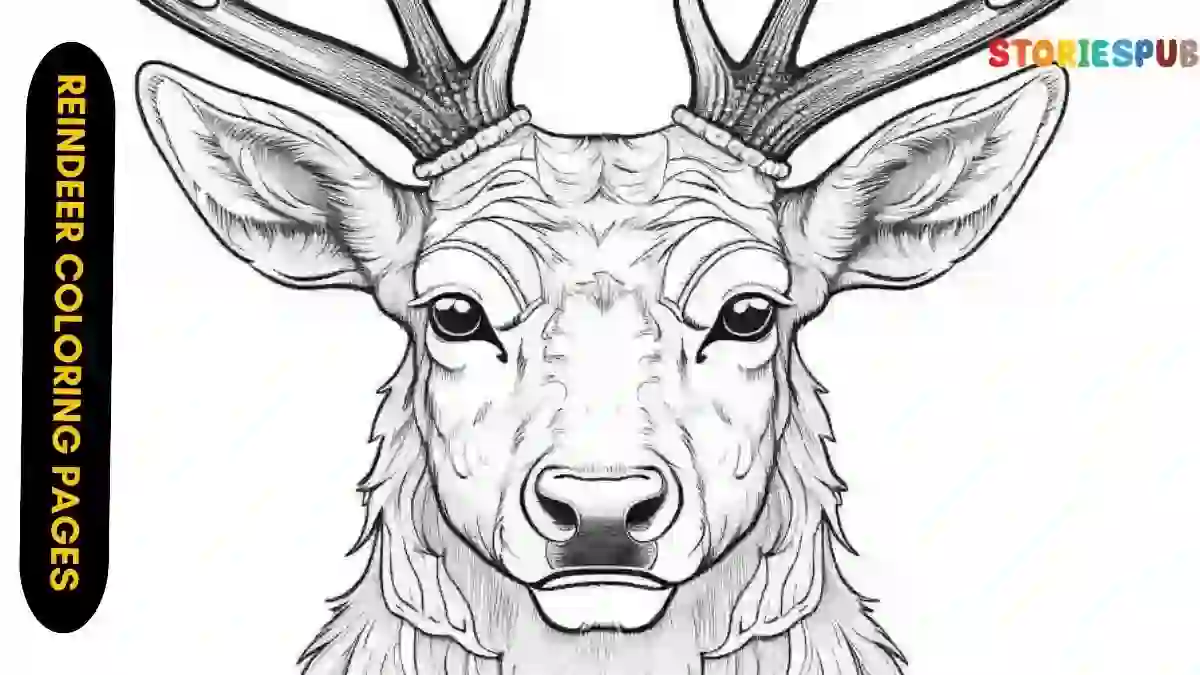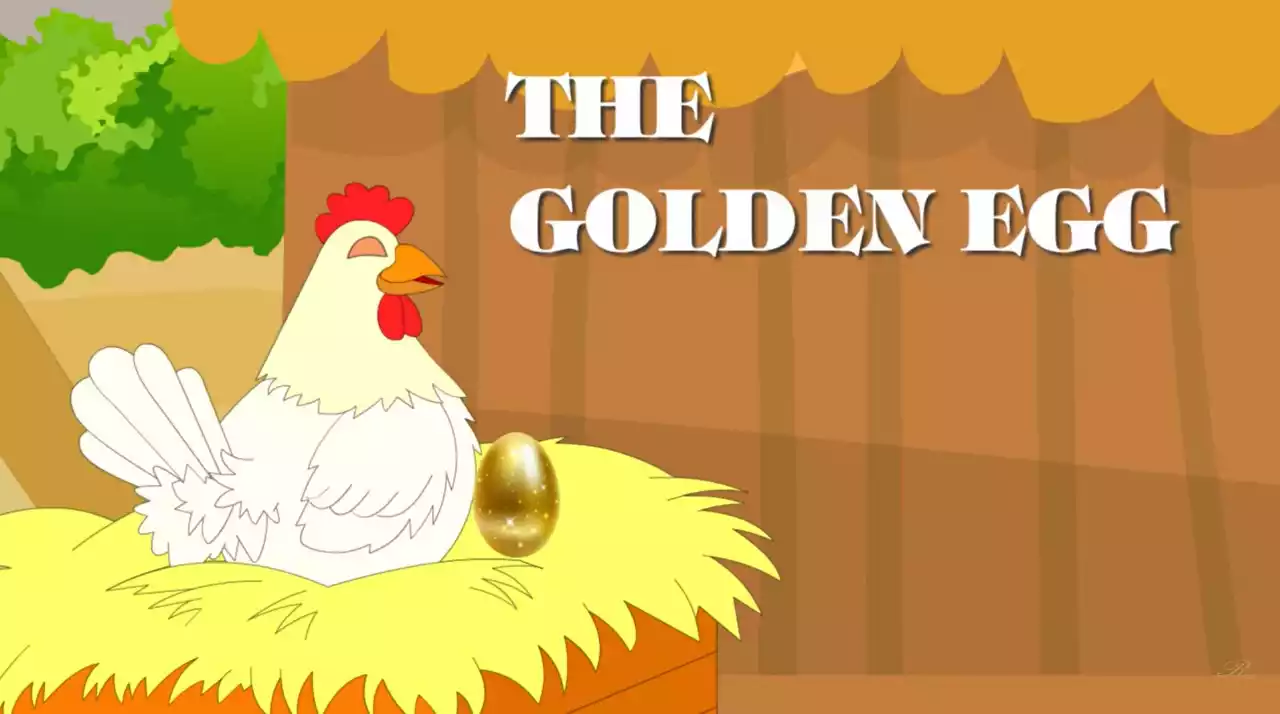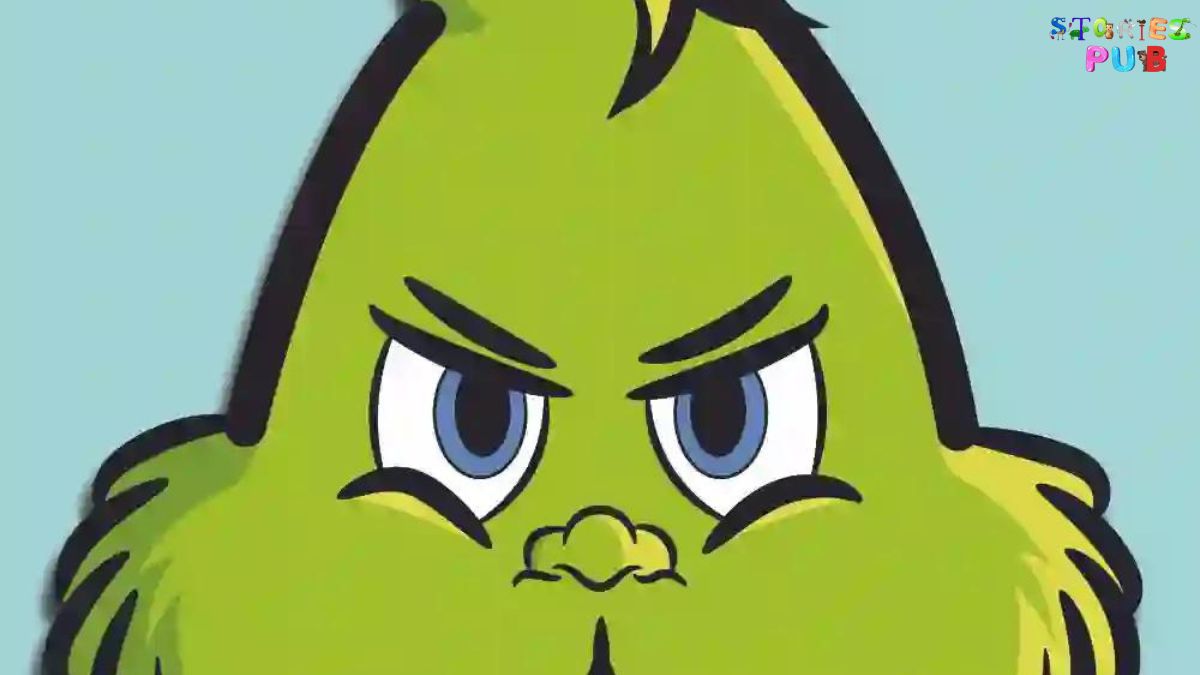Summarize this Article with:
Nala and Damayanti Story: Hindu Mythology
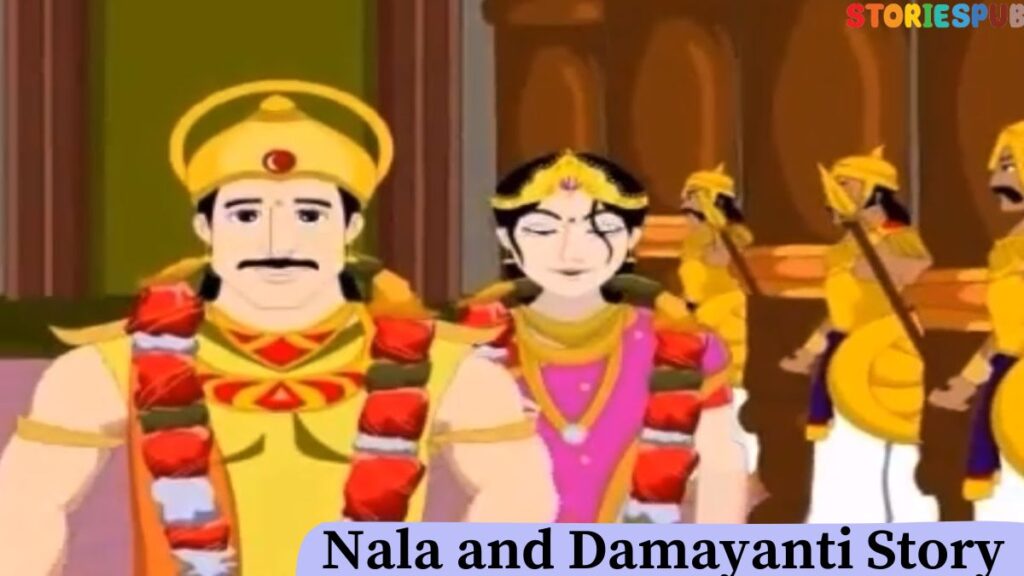
Once upon a time, in a land rich in culture and mythology, lived two extraordinary individuals named Nala and Damayanti. They were destined to be together, bound by love and united by the forces of fate. This is their story, filled with passion, trials, and perseverance, the story that has been passed down through generations and that continues to enchant those who hear it.
Nala was the handsome and virtuous king of the Nishadha kingdom, known for his exceptional skills in horsemanship, archery, and culinary arts. He was the son of King Virasena and Queen Devayani, and he was endowed with remarkable wisdom and strength. Damayanti, on the other hand, was a beautiful and virtuous princess, the daughter of King Bhima of Vidarbha and Queen Sumati. She was known for her intelligence, piety, and exceptional beauty, which attracted the attention of gods and mortals alike.
As fate would have it, Nala and Damayanti were to meet under the most extraordinary circumstances. One day, Damayanti was out in her palace garden, surrounded by her companions, when a golden swan appeared before her. The swan, enchanted by her beauty, told her of the equally enchanting Nala and his virtues. The swan promised Damayanti that if she would send a message through him to Nala, he would carry it faithfully to the king.
Damayanti, smitten by the description of Nala, agreed and sent a message of her love for him through the swan. The golden swan, in turn, flew to Nala and conveyed Damayanti’s message. Upon hearing of Damayanti’s beauty and virtues, Nala too fell in love with her, even without having met her. The swan then returned to Damayanti, assuring her of Nala’s affection.
In those days, it was a tradition for kings to arrange a Swayamvara, an event where a princess would choose her husband from among the assembled suitors. Given the fame of Damayanti’s beauty and virtues, kings and princes from far and wide came to win her hand in marriage. Even the gods, smitten by her charm, decided to join the competition.
As the day of the Swayamvara approached, Nala set off for Vidarbha, accompanied by the swan. However, the gods, aware of Nala’s love for Damayanti, intercepted him on his journey. They requested Nala to become their messenger and convince Damayanti to choose one of them as her husband. Nala, out of his sense of duty and respect for the gods, agreed to their request, despite his own love for the princess.
When Nala arrived at the palace in Vidarbha, he met Damayanti, and their eyes met for the first time. The instant their gazes locked, they recognized each other as the one they had fallen in love with through the swan’s messages. Despite their feelings, Nala, bound by his promise, conveyed the gods’ request to Damayanti.
Damayanti, clever and devoted to Nala, devised a plan to ensure their union. She told Nala to inform the gods that she would choose her husband based on the garland ceremony during the Swayamvara, and asked him to be present there as well. Nala, hopeful that Damayanti would choose him over the gods, agreed and delivered her message to the gods.
On the day of the Swayamvara, Damayanti entered the grand assembly hall, surrounded by the most eligible suitors from distant lands, including the gods themselves. The gods, in an attempt to ensure Damayanti’s choice would fall on one of them, took on Nala’s form, making it impossible for Damayanti to distinguish her beloved from the divine beings. However, Damayanti, guided by her love and intuition, noticed that the gods did not cast a shadow nor blinked their eyes, while the real Nala did. Trusting her instincts, she placed the garland around the neck of the true Nala, sealing their union in the presence of the gods and the assembly.
The gods, impressed by Damayanti’s unwavering love and devotion, blessed the couple and returned to their heavenly abode. Nala and Damayanti, now united as husband and wife, returned to Nishadha, where they were welcomed with great joy and celebration. The kingdom flourished under their rule, and their love and devotion for one another grew stronger with each passing day.
However, their happiness was not meant to last forever. Unbeknownst to Nala, he was under a curse cast by the serpent Karkotaka. The curse was a result of Nala’s failure to help Karkotaka, who had been trapped in a fire many years ago. As part of the curse, Nala would become obsessed with gambling, leading to his eventual downfall.
One day, Nala’s cousin, Pushkara, arrived in Nishadha and challenged Nala to a game of dice. Unable to resist the urge to gamble, Nala accepted the challenge, not realizing that Pushkara had enlisted the help of the demon Kali to ensure his victory. As the game progressed, Nala lost everything he possessed – his wealth, his kingdom, and even his royal attire. In the end, all that remained was his love for Damayanti.
Ashamed of his defeat and his inability to provide for his beloved wife, Nala decided to leave Damayanti in the dead of night. But as he tried to abandon her, Damayanti, who had sensed his intentions, awoke and pleaded with him to take her with him. Nala, fearing for her safety and well-being, refused and convinced her to stay behind, promising that they would reunite when their fortunes improved.
Now separated from his wife and stripped of his kingdom, Nala wandered the wilderness, penniless and distraught. During his travels, he encountered Karkotaka, the serpent who had cursed him. Karkotaka, seeing the disastrous effects of his curse, decided to help Nala. The serpent bit Nala, causing his appearance to change completely, rendering him unrecognizable. This transformation, Karkotaka explained, would protect Nala from his enemies and further misfortunes. Additionally, the serpent gave Nala a pair of enchanted garments that would restore his original appearance when he wore them.
With his new guise, Nala took on the name Bahuka and found employment as a charioteer in the kingdom of Ayodhya, ruled by King Rituparna. In the meantime, Damayanti, devastated by her separation from Nala, was determined to find her beloved husband. Her unwavering love and faith in their reunion gave her the strength to embark on a quest to find him.
Damayanti’s search led her to various kingdoms, where she heard rumors of a skilled charioteer named Bahuka who bore an uncanny resemblance to Nala. Sensing that this Bahuka could be her lost husband, Damayanti devised a plan to confirm her suspicions. She sent a message to King Rituparna, announcing a second Swayamvara, and requested his presence as a suitor.
King Rituparna, eager to attend Damayanti’s Swayamvara, asked Bahuka to drive his chariot to Vidarbha. On their way, Bahuka demonstrated extraordinary skills in driving, horsemanship, and an innate understanding of nature, further reinforcing Damayanti’s belief that he was indeed Nala.
Upon reaching Vidarbha, King Rituparna and Bahuka were greeted by Damayanti and her family. Damayanti, though convinced that Bahuka was her beloved Nala, wanted to be absolutely sure. She devised a test: she asked Bahuka to identify a real serpent among many lifelike carvings of serpents in the palace gardens. Bahuka, using his exceptional understanding of nature, quickly identified the real serpent, further confirming Damayanti’s belief.
Finally, Damayanti revealed the truth about the Swayamvara; it was a ruse to reunite with her husband. She then asked Bahuka to don the enchanted garments given to him by Karkotaka. As he put them on, Bahuka’s original appearance returned, and Nala stood before Damayanti once more. The couple, overjoyed by their reunion, embraced each other, their love having triumphed over adversity.
With Nala’s identity restored and their love reaffirmed, the couple returned to Nishadha. The people of the kingdom, who had long suffered under the rule of the treacherous Pushkara, welcomed them with open arms. Nala challenged Pushkara to a final game of dice, this time with the knowledge and skill he had gained from King Rituparna. Nala emerged victorious, winning back his kingdom and wealth.
Together, Nala and Damayanti ruled Nishadha with wisdom, compassion, and justice. Their story became a symbol of unwavering love, devotion, and perseverance in the face of adversity. Over time, their tale was passed down through generations, inspiring countless people with its message of hope, faith, and the power of true love.
Nala and Damayanti’s story also serves as a reminder of the importance of fulfilling one’s duties and obligations. Nala’s initial failure to help Karkotaka led to a series of misfortunes that tested his character and resilience. However, through the trials and tribulations, Nala learned the value of humility and wisdom. In the end, it was his ability to confront his weaknesses and embrace his strengths that led to his ultimate redemption and reunion with his beloved Damayanti.
The story of Nala and Damayanti has become an enduring classic, celebrated for its rich tapestry of love, duty, courage, and redemption. It stands as a testament to the power of love to conquer all obstacles and the importance of faith in one’s own abilities and the bonds we share with others.
Hey kids, how much did you like The Nala and Damayanti Story: Hindu Mythology? Please share your view in the comment box. Also, please share this story with your friends on social media so they can also enjoy it, and for more such Hindu Mythology, , please bookmark storiespub.com.
Check out other stories that we have:
- 1. Lord Ganesha
- 2. Bhagavad Gita
- 3. Mahabharat
- 4. Tale of Jalandhar
- 5. Story of Prahlad
- 6. Rani Padmini


